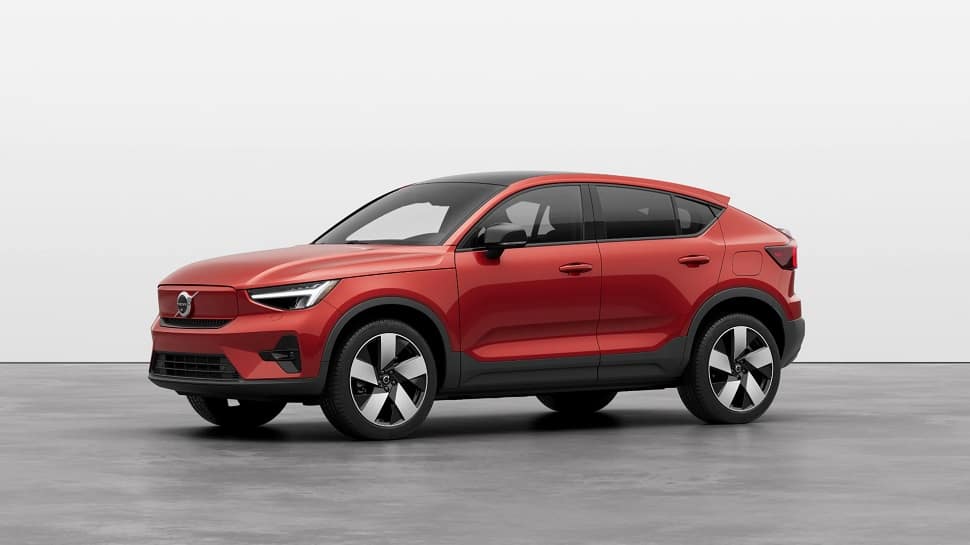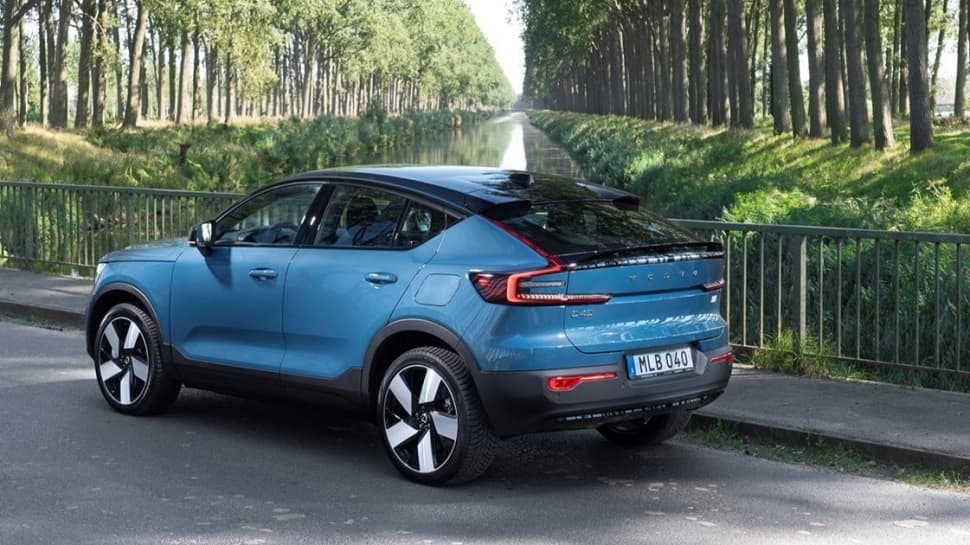Volvo has announced to sell only electric cars in the Indian market from 2025 onwards. The Swedish brand has further confirmed to launch the Volvo C40 Recharge in India, and the launch will happen by the end of this year. The C40 Recharge will be the company’s second electric car in the line-up. The announcement was made by Nick Connor – Head of APEC, Volvo Cars. Well, we got in touch with the man himself, for a quick chat to understand how exactly Volvo is planning to evolve with just electric vehicles in a market that still has its charging infrastructure in a developing state. More importantly, he revealed the key to winning a petrolhead’s confidence and love for an electric vehicle. Read the excerpts from the conversation below.
How do you see Volvo doing in the Indian market, and what kind of market share it has when global sales into consideration?
Well, it’s nice to be here. It’s my first time in India as a part of my first time visiting the country since I took on this role. So I’m really pleased to be here, and I think it is a fascinating market. Also, it is an extraordinarily complex market in many ways but I’m really pleased with the performance of Volvo Cars India over the last couple of years. We did face some challenges with supply chains certainly, but we did the very job of making the best of what was available. Volvo managed to grow volumes year over year and produce a very good result for the Indian market. I’m super optimistic about 2023.

In the Indian market, off lately, we have seen new buzzwords – strong hybrids and born electric platforms, and skateboard architecture platforms. How does Volvo look at these buzzwords?
So, we’ve made a decision in India that we will only sell hybrid cars and pure battery electric vehicles. And our hybrid cars are mild hybrids. We do not have plug-in-hybrids here anymore as we decide to focus on those two types of cars and we want to accelerate as fast as possible. The only thing that’s holding us back from moving from petrol to pure battery electric vehicles is the global supply as we’ve seen a big demand for our bevs here. We have a long waiting list, which is great. It’s also a little bit frustrating because we’d love to get the cars, and then deliver them to consumers a little bit more quickly than we’ve been able to. But I’m very optimistic that we will accelerate the move to battery-electric vehicles over the coming few years.
Electric charging infrastructure in the country still remains at a nascent stage. What is Volvo’s plan for contributing to its development and keeping the charging woes away from consumers?
We took the decision that we would bundle home charging units in the cost of the car so consumers have a choice when they buy the car, do they want the charging unit to be installed at their home or their workplace or indeed somewhere else. So we give them the confidence that they can at the very least charge at home or work, or wherever depending on what they would like. Also, I would agree, and I don’t think the infrastructure here is yet or where it needs to be but I do know that the Indian government is very focused on this. And the government is keen to accelerate the build-up of the infrastructure to support the growth that’s planned for EVs. We are very much doing our part, and I think part of my team’s job here is to lobby the authorities to continue with the acceleration of that infrastructure development.
There’s a slight delay in terms of shipments coming to India. Thus, it is understandable that your order books are filled. Could you give us some clarity on the same?
I’m not going to reveal the exact number. Yes, the average weight for battery electric vehicles here is somewhere between four to five months. So, it’s quite a big order book, and we are trying very hard to get cars built here as fast as we can because we build them locally in Bangalore. We have a CKD production plant down there so all the BEVs that we sell here are made locally in India. We are the only premium brand that does so. I think that’s a great differentiator for what’s in this marketplace and consumers have responded well to that so our challenge is really to ramp up the supply within India to bring down those waiting a little bit. Because, I think if consumers have to wait more than six months, they get fed up, and I completely understand that so we’re working really hard to bring the waiting list down a little bit.
With a long waiting list for new cars, the used car market is blooming. On that note, is Volvo planning to enter the used car market?
Yeah I mean the used car market is booming. With a relatively new brand in India. So, we don’t have a massive used car park, but we are testing what we call ‘Select’ which is our used car program where the cars are thoroughly checked. This way, we want to give the consumer of a used car, the confidence of a new car. I think that is a way to bring people into the brand that wouldn’t otherwise be able to afford to buy a car from us and that’s definitely something that we’re developing here. It’s been very strong in lots of other markets around the world and I think it will do very well in India as we build the number of used cars that are available to consumers.

Since we are moving to electric cars, petrolheads are in general not very happy with this transition, and I think it is because they haven’t experienced electric cars yet. How do you think Volvo is going to fight the notion of petrolheads?
We still offer mild-hybrid petrol cars. Of course, there’s a demand for them. But the best way to convince a petrolhead about the benefits of a battery-electric vehicle is to hand them the keys and let them drive it. You know when you get an XC40 BEV, and you do nought to 100 kilometres in 4.9 seconds that’s a pretty compelling argument for someone who likes speed, who likes to drive quickly. You do sacrifice very little, and you gain a lot with a battery-electric vehicle in terms of acceleration. The driving dynamics are unaffected
There I say, acceleration will be a strong attribute of the forthcoming Volvo C40 Recharge, along with its coupe-like roofline. When exactly it is coming, and what are you expecting out of it?
The Volvo C40 Recharge, we’ve launched in other markets. So, it’s been very well received. I think it’s a very cool-looking car, and it’s got a little sportier character than the XC40 Recharge. So, yeah I’m really confident it’ll do well in India after its launch in Q4 this year.